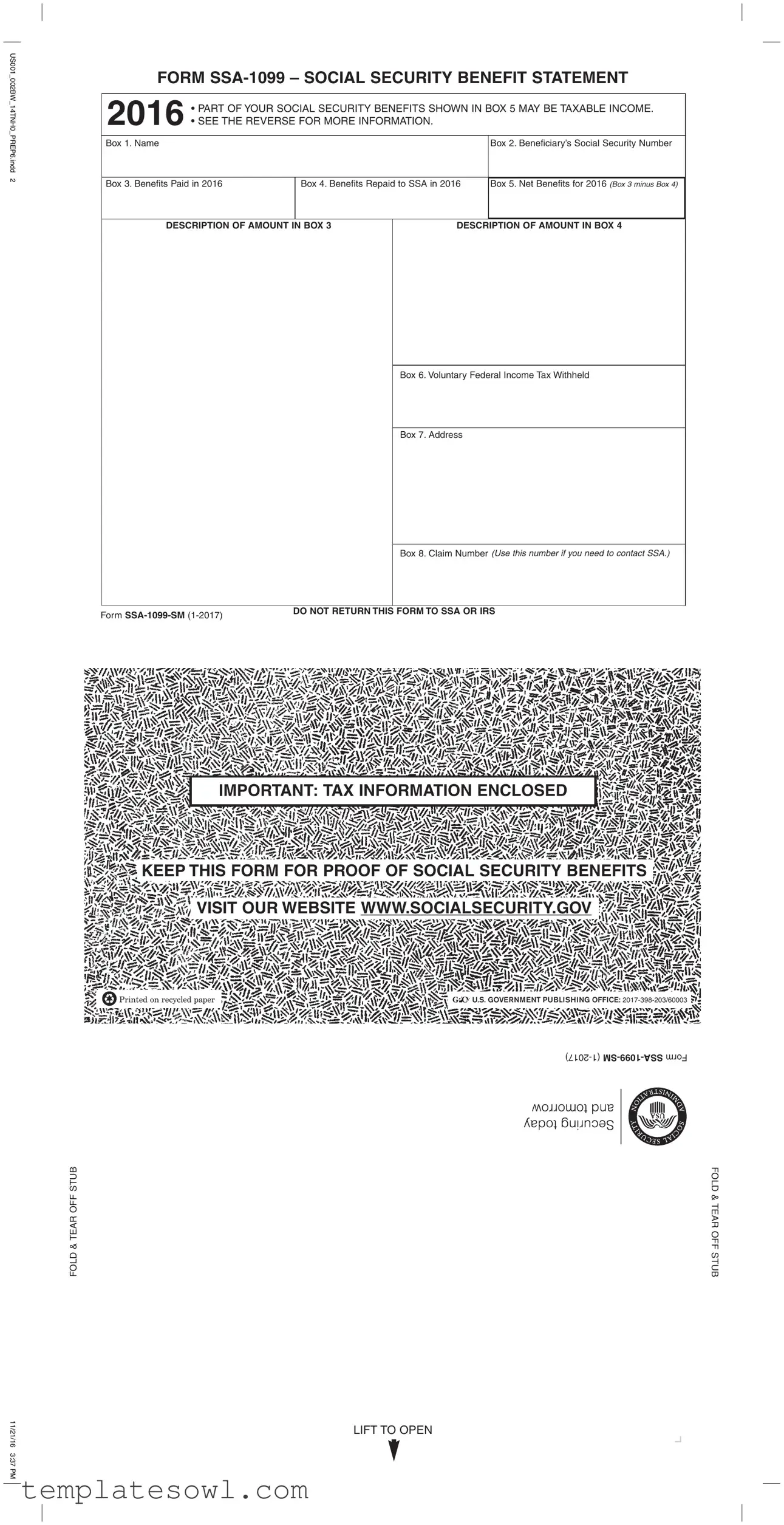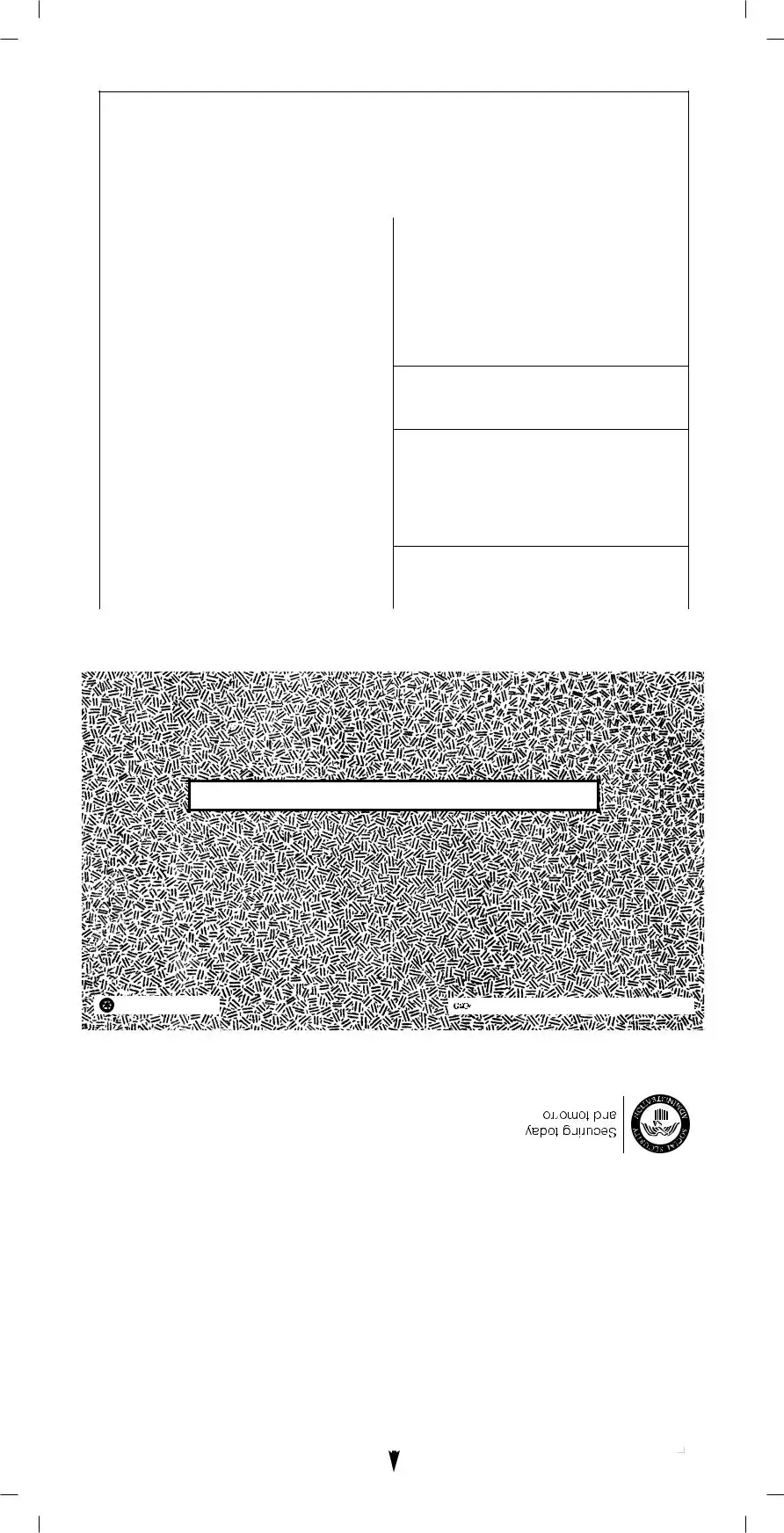What is the SSA 1099 form?
The SSA 1099 form, also known as the Social Security Benefit Statement, provides a summary of Social Security benefits awarded to an individual in a given tax year. It shows the total benefits paid, any repayments made to the Social Security Administration (SSA), and the net benefits received. It is an important document for tax reporting purposes, as some benefits may be taxable income.
How should I use the information on the SSA 1099 form?
You should use the SSA 1099 form when filing your taxes. Specifically, the form’s details help determine the amount of Social Security benefits that might be taxable. Pay close attention to Box 5. The net benefits in this box, which is the total benefits paid minus any repayments made to the SSA, are particularly relevant for your tax calculations.
How can I contact the SSA if I have questions about my SSA 1099 form?
If you need to reach out to the SSA regarding your SSA 1099 form, use the claim number listed in Box 8 on the form. This number helps SSA representatives locate your information quickly. Alternatively, you can visit the SSA’s website for additional contact options and resources.
What should I do if I notice an error on my SSA 1099 form?
If you find any inaccuracies on your SSA 1099 form, it is important to address them as soon as possible. Contact the SSA directly to report the error. They can provide guidance on how to correct the information and issue a revised form if necessary.
Do I need to submit the SSA 1099 form with my tax return?
No, you do not submit the SSA 1099 form with your tax return. However, it is crucial to keep it for your records. The IRS may ask for documents that support your income claims, and the SSA 1099 form serves as proof of the Social Security benefits you received.



 US001_002BW_14TNH0_PREP6.indd 2
US001_002BW_14TNH0_PREP6.indd 2 n
n